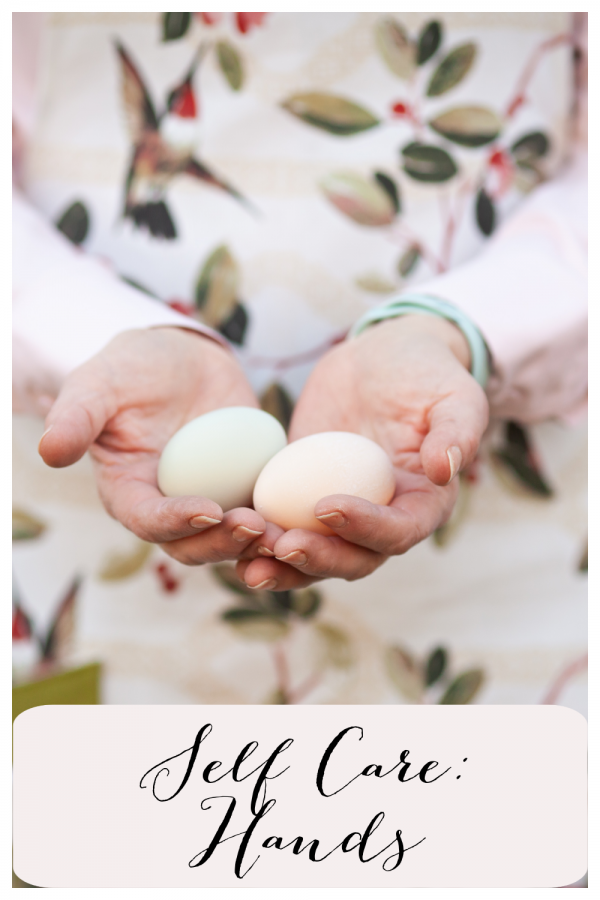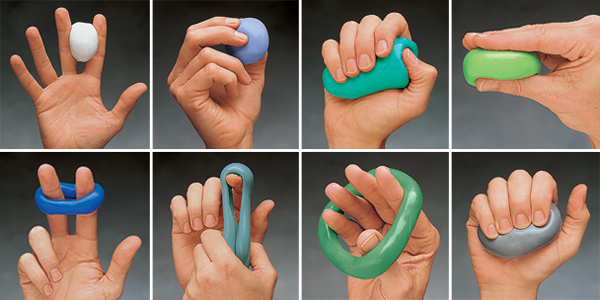Self-Care: Hands
Our hands are essential to what we do every day. They are the most valuable tool you have whether you are at work, home or play. There is nothing close to replacing your hands usefulness and adaptability. We use our hands for everything~from holding a baby, wiping tears, eating and drinking, and countless other ways. This month’s Self Care focus in on the importance of our hands, which I know I personally take for granted.

Hand Strength
Different hand tasks use a different combination of movements of the fingers and wrist, so that the coordination and strength requirements differ from task to task.
Because the coordination, grasp and manipulation patterns and the strength requirements are specific to the particular hand task, the most effective way to improve hand function is to base exercises on everyday hand tasks. This approach is referred to as functional strength training or task oriented training.
Muscles become stronger when they are made to work harder than usual. This is known as the overload principle. In functional strength training the overload principle is applied by adapting the task to increase the resistance the muscles need to overcome, as well as amount of work done by increasing the number of repetitions or rate of work.
I’ve noticed that with age, my hands do not seem as strong, particularly the twisting of a lid motion. In recently researching this, I discovered The 10 Repetitions to Fatigue rule.Muscles get stronger when they are made to work against a load that is at least 60-80 % of their maximum capacity. If a group of muscles can do an activity against a load just 10-12 times before they are tired, then you know that the load is good for increasing strength. This is the 10 Repetitions to Fatigue rule.
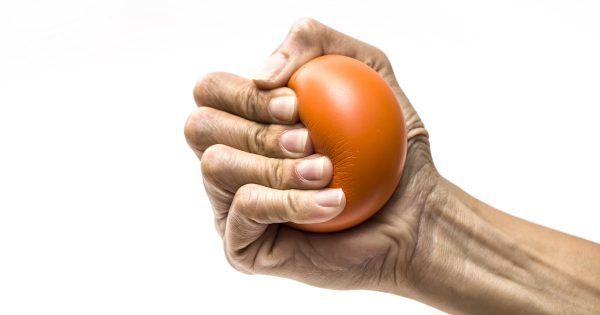
I am just starting to work on improving my grip strength with a stress ball (you can also use a tennis ball).
How to Do It: Hold a tennis ball or soft foam stress ball (like these) in the middle of your hand using your four fingers (not the thumb). Clench your fingers into the ball and then release. Do these hand clenches 50-100 times per day to improve grip strength.
Depending on the area of your hand you want to improve, there is a great deal of information on the internet to help improve that particular weak part of your hand.
Protecting Your Hands
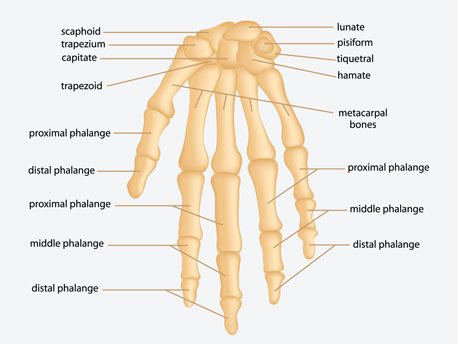
Hands have a very delicate and complex structure. This gives muscles and joints in the hand a great range of movement and precision. The different forces are also distributed in the best possible way. Thanks to this structure, you can do a wide range of things with your hands, such as grip objects tightly and lift heavy weights, as well as guide a fine thread through the tiny eye of a needle.
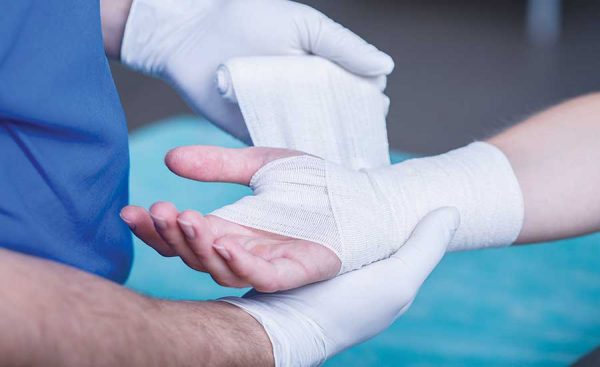
Hands are also quite vulnerable, though. Tendons, nerve fibers, blood vessels and fairly thin bones are all positioned right under the skin and are only protected by a thin layer of muscle and fat. Only the palm is protected by a strong pad of tendons (aponeurosis), enabling a powerful grip. Our hands are put through quite a lot every day, and often come into contact with potentially harmful objects. As a result, hand injuries and problems due to wear and tear are very common.
According to Jacobs, the most common causes of hand injuries are:
- Carelessness
- Lack of Awareness
- Boredom
- Distractions
- Not following established safety practices
- Lack of personal protective gear or wearing the wrong type
Preventing Hand Injuries at Home
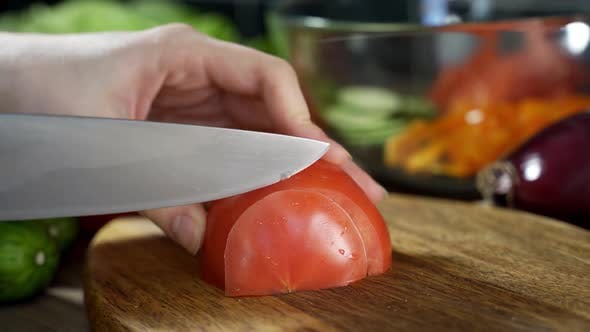
Hand injuries happen at home and they are the most common reason people visit the ER. Here are some tips to prevent hand injuries at home:
- Cut away from your hand or fingers when using a knife.
- Turn off lawnmowers, snow blowers and any power cutting tools before putting your hands near the blades.
- Keep your eyes on the task at hand, especially if you’re using power tools.
- Make sure children’s hands are clear before shutting car doors.
- Don’t let kids play around escalators, elevators or revolving doors
Hand Skin Care
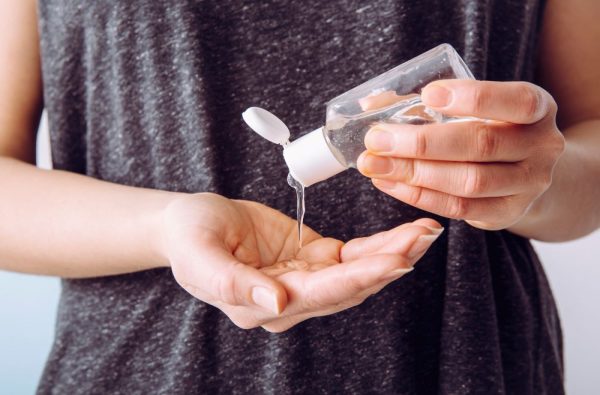
I think we can all agree that the excessive hand washing and using hand sanitizer is causing residual negative consequences to our hands. When you’re applying hand sanitizer to your hands multiple times each day, the product is taking moisture out of your skin. This can result in skin that’s dry, flaky, and sensitive to the touch.
The alcohol in hand sanitizer can dry out your skin, but this can be fixed by using hand moisturizer and staying hydrated. In addition to being uncomfortable, the American Academy of Dermatology Associates says that having dry skin can actually increase your chances of picking up germs. Or if you have a choice, it is better to opt for soap and water to clean your hands.
How can I improve the skin on my hands?

Hot water, detergents, and yard work can dry your skin, which can age your hands. Moisturize, moisturize, moisturize. Applying a lotion or cream after washing your hands and bathing helps to trap water in your skin, which can plump up your skin. Also, remember to use warm vs. hot water.
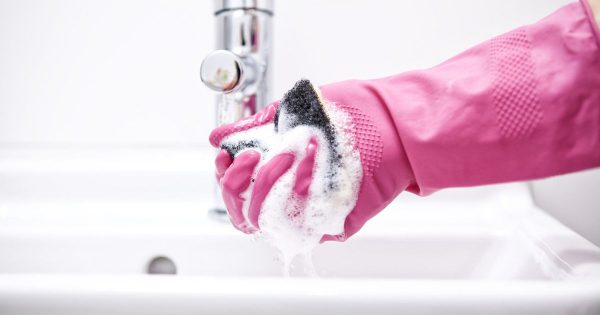
According to an article by the AARP on 11 Ways to get Beautiful Hands after 50, here are some of their suggestions. To see the full article, click here.
- Update your hand wash and sanitizer (some sanitizers are more harmful than others)
- Make work gloves a must-have
- Choose hand cream the way you choose face cream
- Exfoliate hands too
- Treat hands to masks
- Use a hand-friendly sunscreen every day
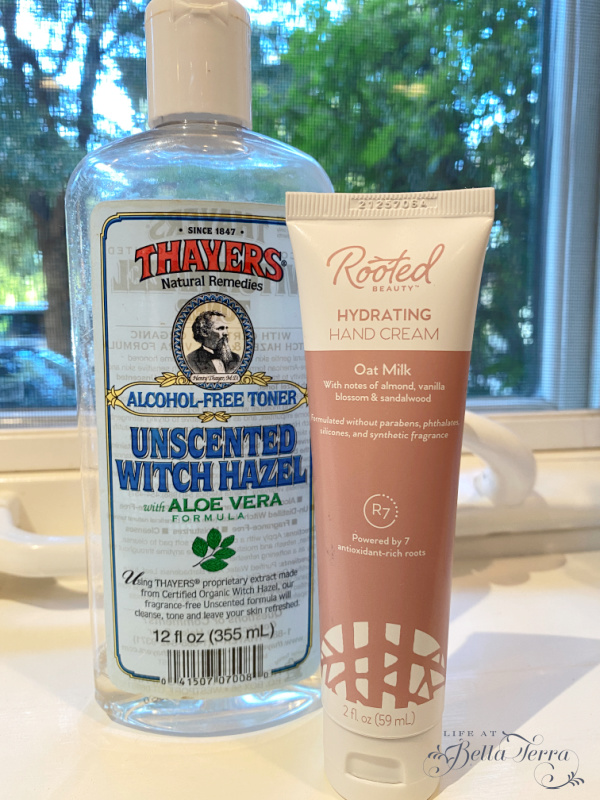
My Hand Treatments
By my kitchen sink, I keep a bottle of Thayer’s alcohol-free Witch Hazel with aloe and Rooted Hydrating hand cream. After I wash my hands, I use both products. I find the witch hazel really helps calm down my skin, especially if it really dry. The Rooted hand cream smells good and comes from The Grove Collaborative. There are several choices of hand creams here. There is hand cream in my car, by my side of the sofa, and on my nightstand. Every chance I get, I am moisturizing my hands, especially in the winter.
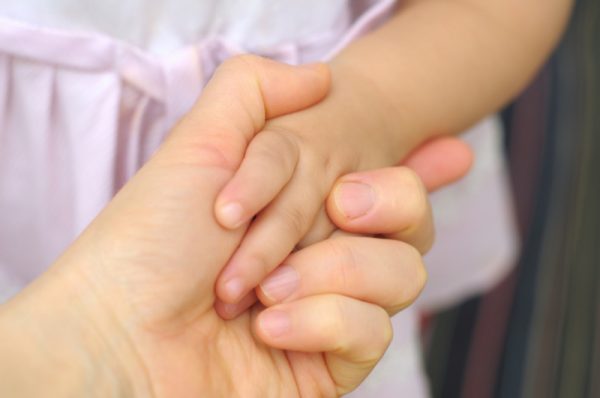
This is only the tip of the iceberg when discussing the care and keeping of hands. But I know that now, after doing some research, I will make an extra effort to take better care of my hands.
When I look back over my life, I fondly remember the tiny hands of my children and the warm and loving hands of my husband. My Dad, who was the most amazing man God ever created, had the best, meaty, calloused hands that matched his work ethic. The day he died, I held his hands and knew I would miss them terribly. No one else has hands like my dad.

So hands are not only tools we use every day, but they play such a significant role in our memories. I hope today, after reading this post, you will look at your hands differently. And if you are like me and have taken them for granted, take some time to pamper these amazing body parts.
I hope you enjoy the 2nd edition of Self Care. If you missed the first one on Sleep, you can find it here. Happy Tuesday to you and all the hands you love.

If you enjoy this post, please share on Pinterest.
